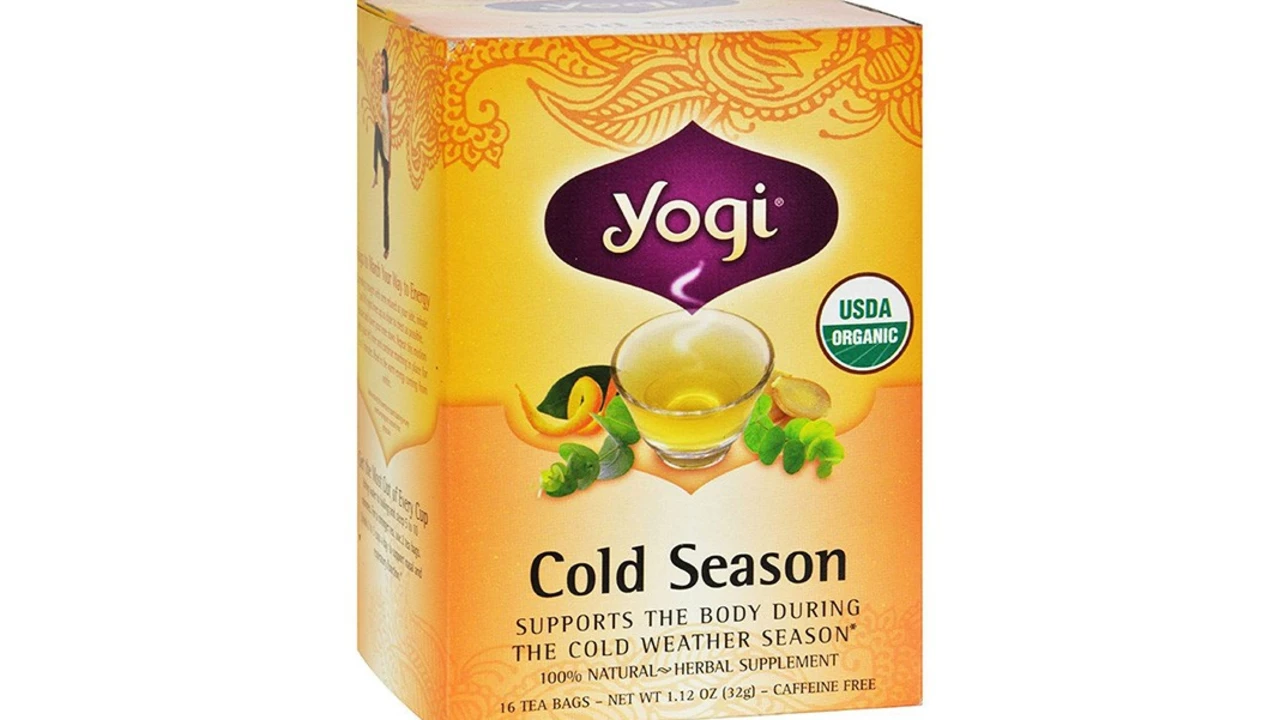Power of Kombucha: Why This Fizzy Drink Is Gaining Fans
If you’ve seen kombucha on café menus or Instagram feeds, you’re probably wondering what the hype is all about. It’s a fermented tea that packs bubbles, tangy flavor, and a load of microbes that claim to help your gut. Below we break down the real benefits, the possible downsides, and simple steps to brew it at home without turning your kitchen into a science lab.
What kombucha actually does for your body
Kombucha gets its punch from live cultures – yeast and bacteria that turn sugar into acids, vitamins, and a tiny bit of alcohol. Those acids (especially acetic and glucuronic) may help balance digestion, while the probiotics feed good gut bugs. Many drinkers report less bloating, steadier energy after meals, and a clearer skin vibe. The drink also offers small amounts of B‑vitamins and antioxidants from the tea base.
That said, kombucha isn’t a miracle cure. Most studies are tiny or done on animals, so you won’t find solid proof that it cures anything serious. If you have a compromised immune system, an ulcer, or are pregnant, talk to a doctor before making it a daily habit. The alcohol content stays under 0.5% in most commercial bottles, but home‑brewed batches can climb higher if you let them ferment too long.
How to brew kombucha safely at home
The basic recipe needs just four things: black or green tea, plain sugar, a SCOBY (the symbiotic culture of bacteria and yeast), and starter liquid from a previous batch or store‑bought kombucha. Boil the tea, dissolve the sugar, cool it to room temperature, then add the SCOBY and starter. Cover the jar with a clean cloth, secure it with a rubber band, and let it sit 7–14 days away from direct sunlight.
During fermentation you’ll see a thin film form on top – that’s the new SCOBY growing. Taste the drink after a week; if it’s too sweet, give it more time. Once it reaches the balance you like, bottle it in airtight containers and pop them into the fridge. Cold stops the microbes, so the flavor stays stable for a couple weeks.
Keep your equipment spotless. Any mold (black, green or fuzzy patches) means the batch is spoiled – toss it out. Use filtered water to avoid chlorine, which can hurt the cultures. And always reserve at least 10% of each batch as starter liquid for the next round; that keeps the acid level high enough to stop bad bacteria.
Flavoring is easy after the first fermentation. Add fruit juice, ginger slices, or herbs, then seal the bottle for another 2–3 days. This second ferment creates extra fizz and lets you customize sweetness without adding more sugar.
In short, kombucha can be a tasty way to add probiotics and a dash of antioxidants to your diet, as long as you brew it cleanly and listen to your body. Start with a small glass each day, watch how you feel, and adjust the fermentation time or flavors to suit your taste.
